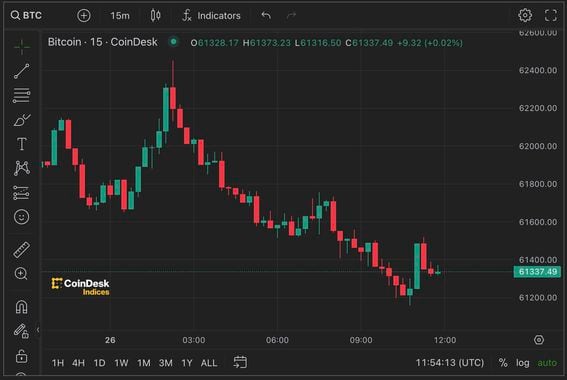In August, inflation in Turkey surged to 58.9% year-on-year, marking the highest rate since December 2022, as per official data released on Monday. Prices have soared nearly 60% compared to the same period last year, and there was a 9.1% increase compared to the previous month. This rapid rise in prices can be attributed to the devaluation of the Turkish lira.
Turkey is going through an economic transition period
After experiencing a downward trend for eight consecutive months, inflation began to pace again in July, reaching 47.8% year-on-year. The lowest point in the past year and a half was in June, which stood at 38.2% year-on-year. In contrast, the highest inflation rate recorded was 85.5% in October 2022. While alarmingly high, the official figures might not paint the full picture of the problem as independent economists from the Inflation Research Group estimate that the year-on-year increase in consumer prices might be 128%.
After the data’s release, Turkey’s Finance and Treasury Minister Mehmet Simsek acknowledged that his country is going through an economic transition period. Notably, Simsek was appointed to lead the country’s economy as part of a shift towards a more conventional economic policy following Turkish President Recep Tayyip Erdogan’s reelection in May, as Turkey faces one of its most severe economic crises.
Simsek expressed on X that combating inflation will be a lengthy process, and they are currently in a transitional phase. He added that they will take all necessary measures, including monetary tightening, credit policy adjustments, and income policies, to gain control over inflation and bring it down.
Meanwhile, transportation costs were the primary driver of the monthly increase in consumer prices, surging by 16.61%, partly due to consecutive fuel price hikes. Household equipment and food prices were the second and third contributors to the spike in monthly prices in August, rising by more than 9% and 8%, respectively.
Turkish lira devalues
Turkey’s year-on-year inflation began rising again in July after eight months of decline. Annual inflation in the country reached a 24-year high of 85.5% in October, mainly due to a rapid devaluation of the Turkish lira. That was attributed to President Erdogan’s unconventional economic policies, which included maintaining low interest rates despite rising inflation.
In response to the economic challenges and to address the crisis, the Turkish Central Bank, under new Governor Gaye Erkan, who is a mainstream economist and former US banking executive, embarked on a policy U-turn after the elections. The bank raised interest rates to 25% in consecutive hikes, reversing the previous policy of keeping rates low, which was at odds with the strategies employed by Turkey’s G-20 and regional peers to manage inflation and stabilize their currencies during the global challenges posed by events such as Russia’s invasion of Ukraine and the COVID-19 pandemic.
A poll conducted last month indicated expectations of 2.9% full-year growth in Turkey, which is lower than the trend seen in emerging market economies striving to reverse a years-long trend of foreign investor outflows.
With President Erdogan’s ruling AK Party aiming to regain control of major cities like Istanbul and Ankara from the opposition in the March elections, some analysts believe that higher inflation, rising unemployment, and slower growth could test the President’s tolerance for the recent economic policy changes. So far, Erdogan has dismissed four central bank governors in just four years. His push to cut interest rates despite increasing prices led to a significant currency crash in late 2021 and pushed inflation above 85% last year.
Commerzbank analyst Tatha Ghose expressed concern, stating that the risk is ever-present that Erdogan could lose patience. Ghose added that inflation will remain very high for an extended period, which could trigger second-round effects like wage settlements. The sentiment is echoed by the Central Bank of the Republic of Türkiye, which has stated that inflation is likely to rise to nearly 62% by the end of the year, which is the upper limit of its previous forecast, despite an aggressive 750-point rate hike in August.





